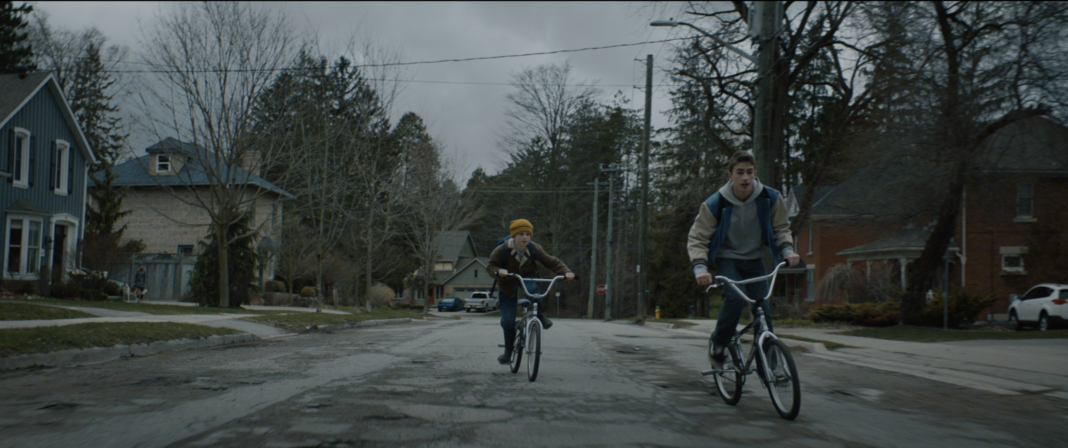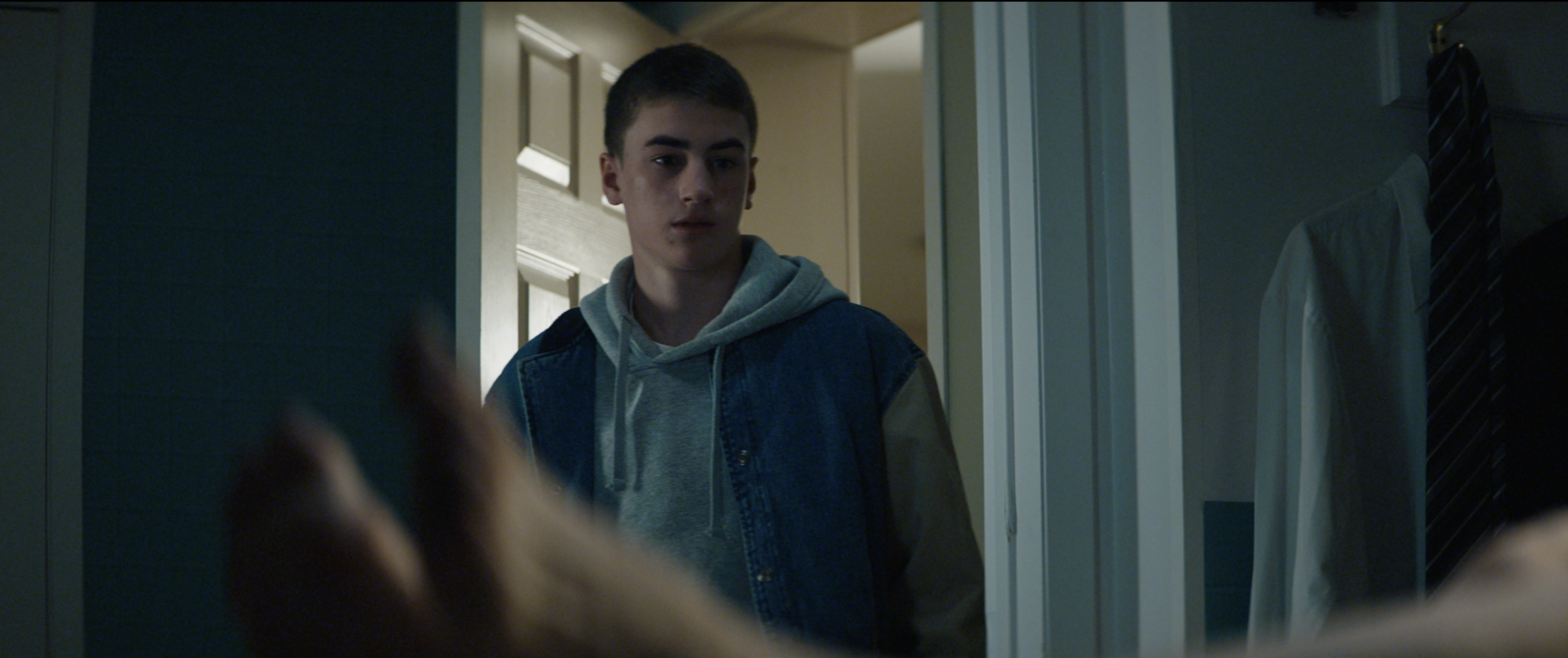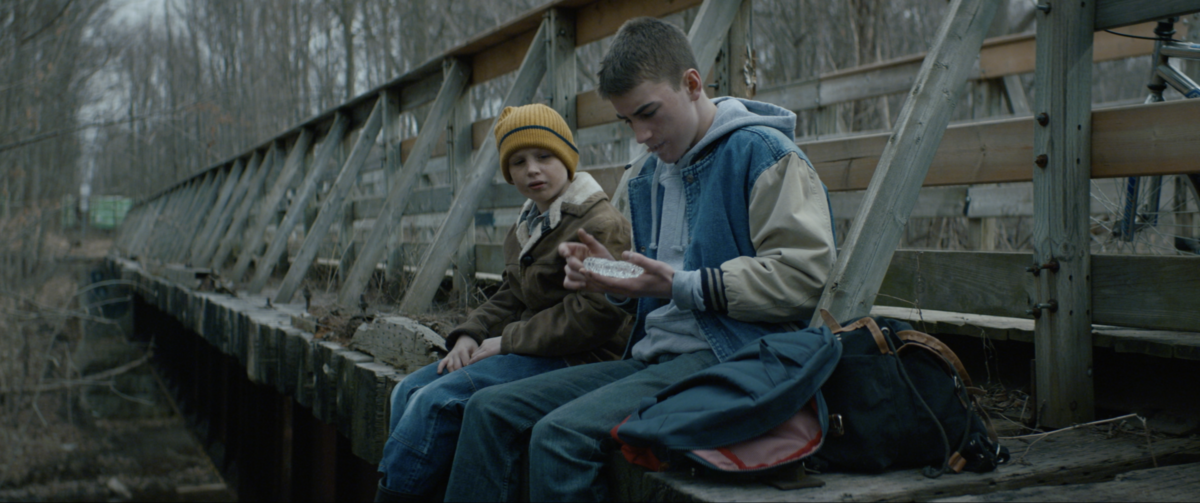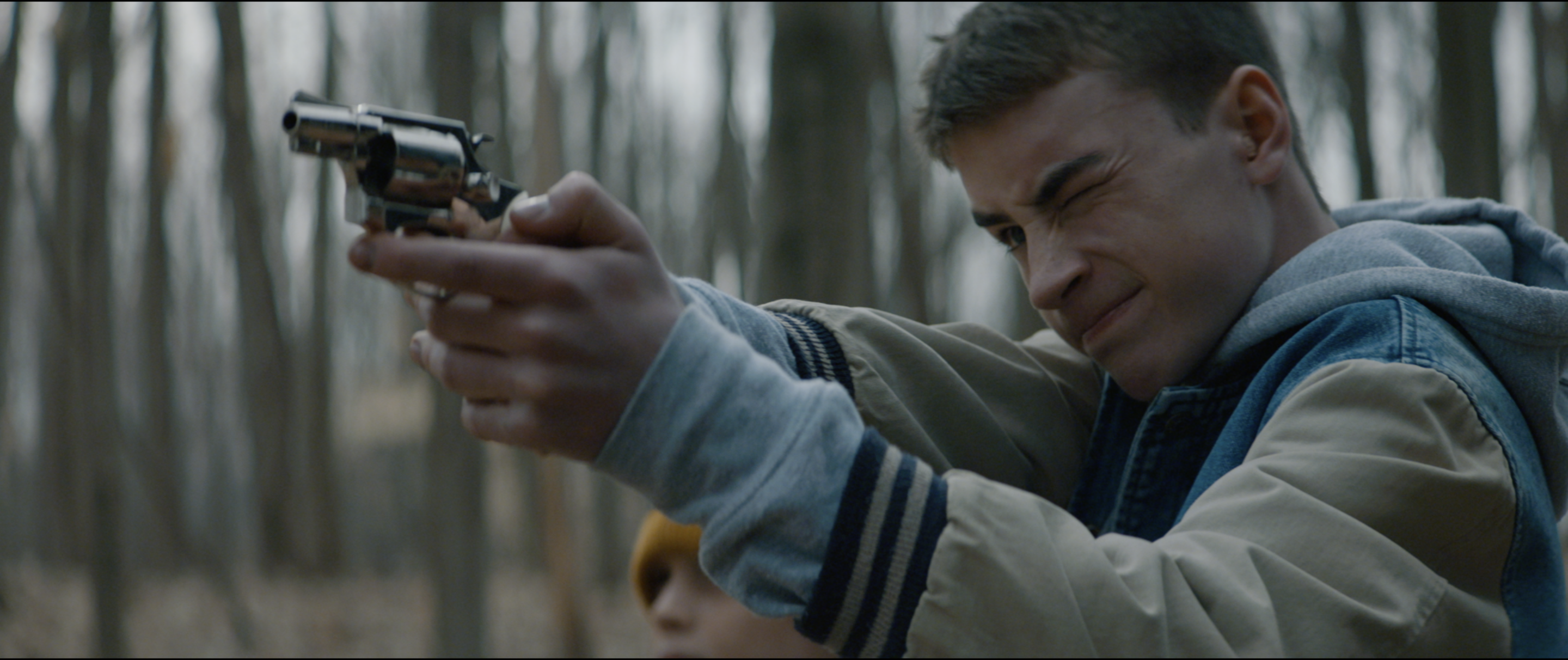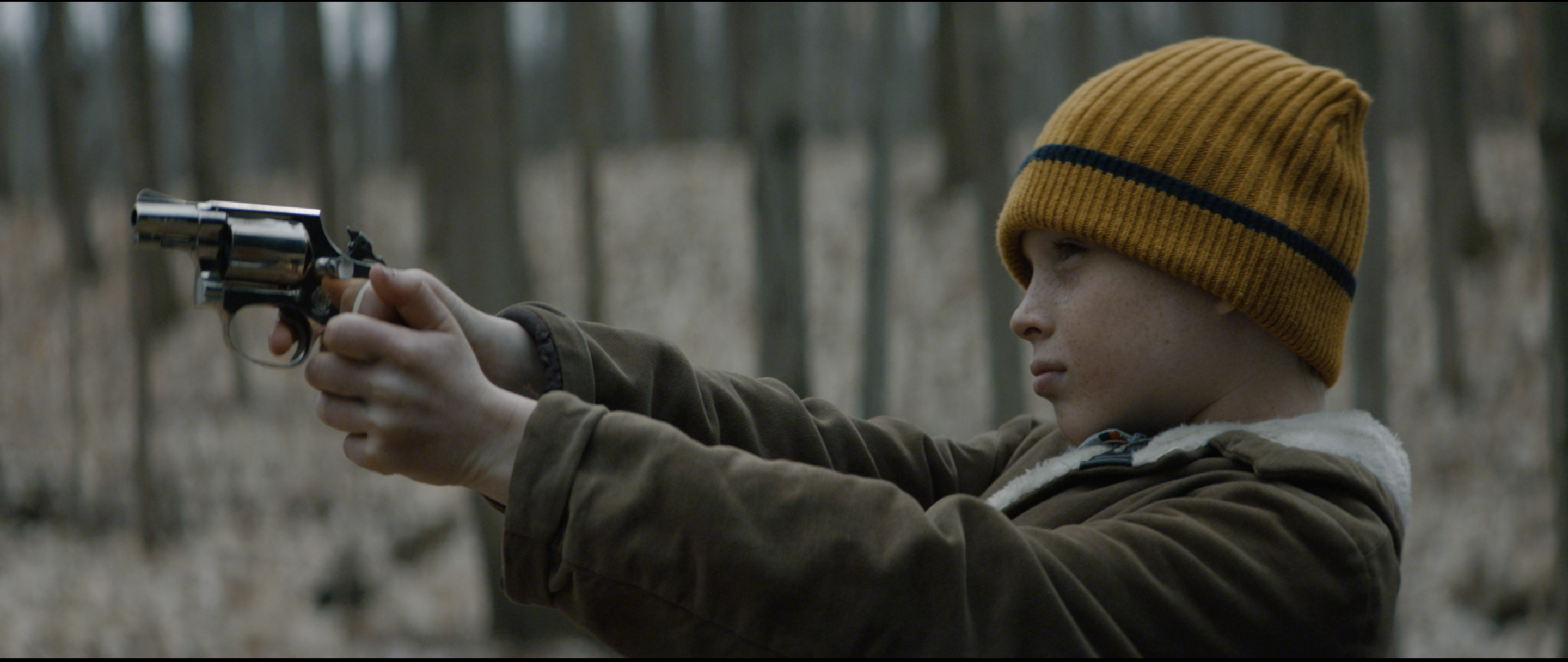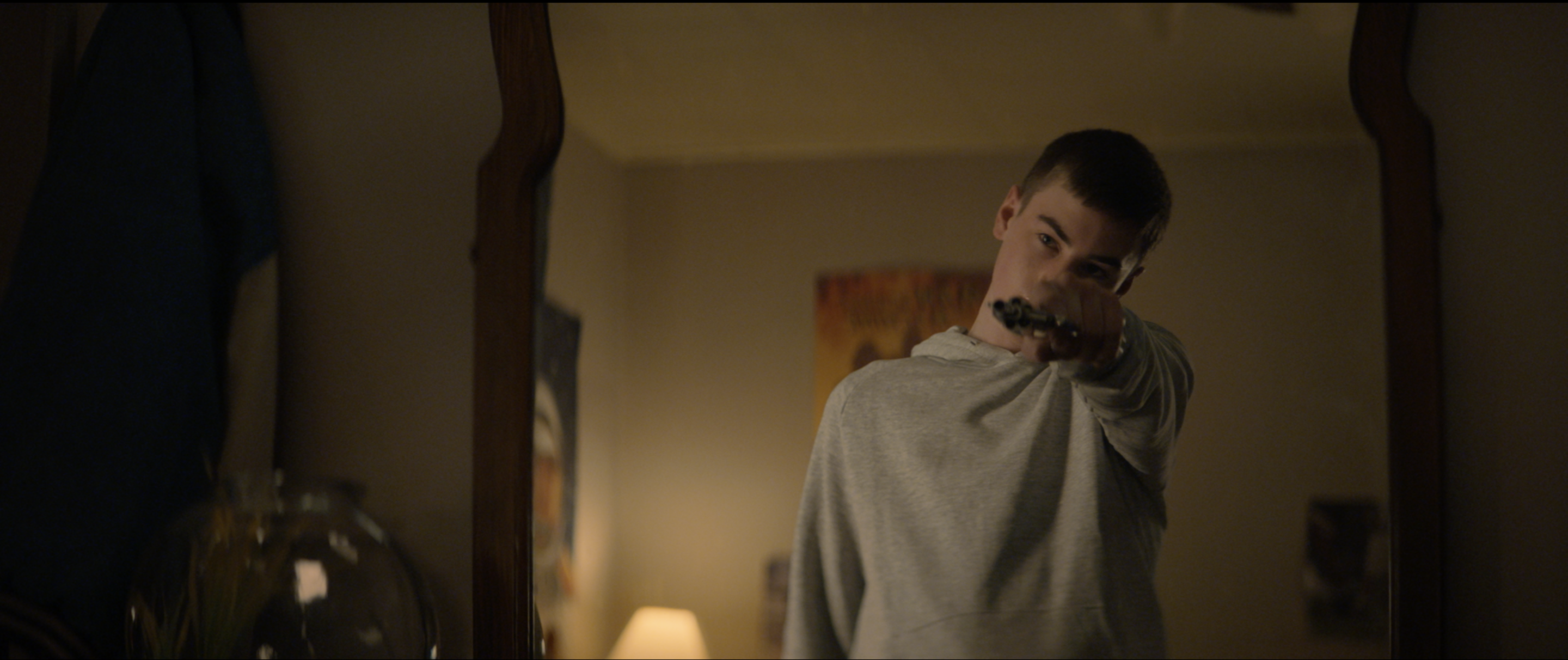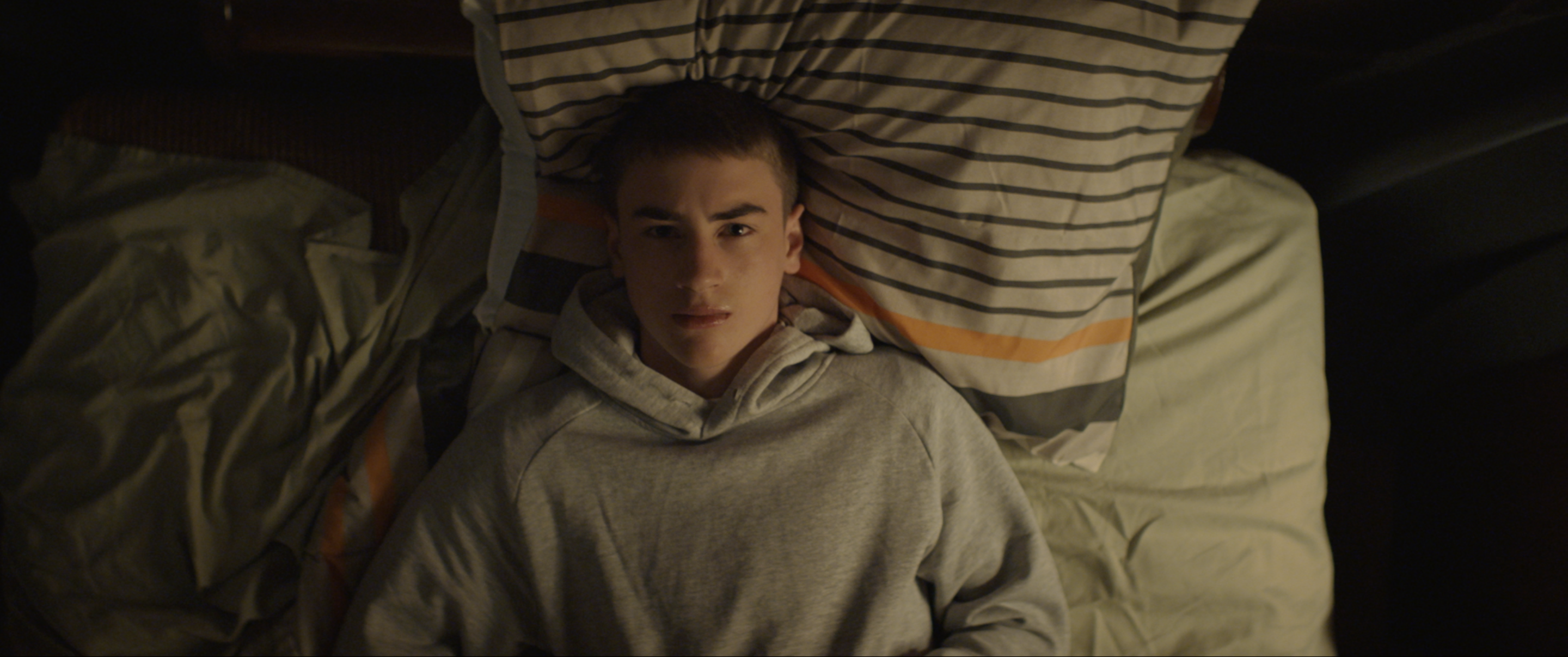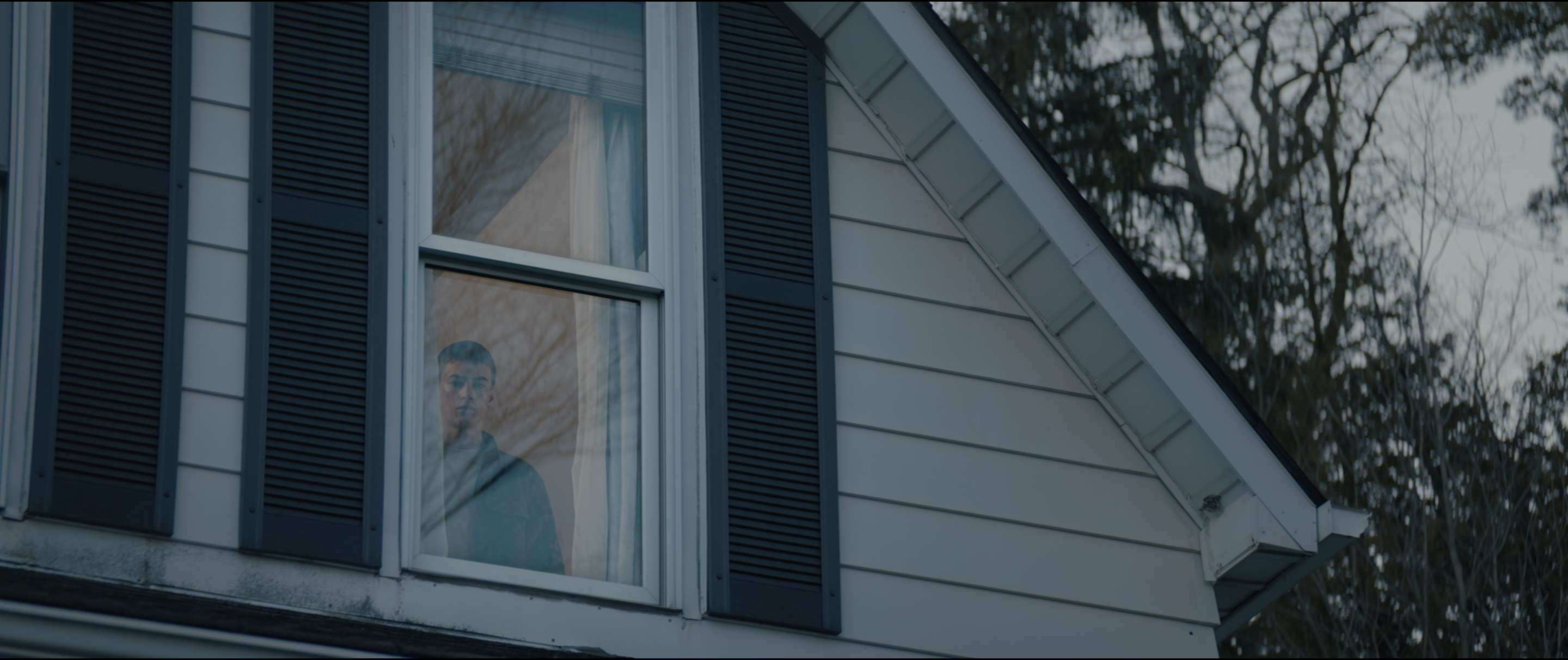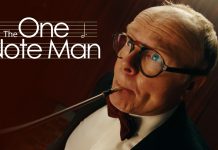Film-maker Luis Gerard’s THE WAKE is a timely short film, focusing on two brothers, one deaf, who become involved in a petty crime dare that yields consequences. The film is Oscar-qualified for the 2023-24 season.
Film And TV Now spoke with the film-maker about the short.
FILM AND TV NOW: With the success at the Oscars of CODA and A QUIET PLACE, deaf actors are getting more of a platform for their abilities. Was this always part of your original intention?
LUIS GERARD: Hollywood is making an effort to provide women, African Americans, and other minorities a chance they rarely had.
I wrote THE WAKE in 2017, before CODA, A QUIET PLACE, or SOUND OF METAL were released. I thought telling the story from the perspective of a deaf boy would make it fresh since we rarely get to see movies with deaf characters as the lead. The one I remember seeing was CHILDREN OF A LESSER GOD, which was ages ago. So, I thought there was an opportunity to do something different by writing a lead that we rarely see in movies; it also worked perfectly for the climax of my film.
Unfortunately, it took too long to release THE WAKE. I still don’t know whether the release is a tad late or, by coincidence, this was perfect timing.
FTVN: The film deals with the sensitivity of death. What was the start-off point for the script?
LG: I started with a very basic idea; two brothers grew up in a funeral home run by their parents. In my head, this made them different, perhaps a bit fearless, because they grew up seeing things most people hate to see or feel uncomfortable with, which is death.
Many of the decisions I made as I wrote the script came from this space. When the deceased’s family attends the wake of their loved one at the funeral home where the brothers live, they grab the opportunity and break into the home of the dead, counting on it being empty. That was the premise.
FTVN: Tell us about your cast.
LG: Isaac Kragten, who plays Walter, the older brother, did a phenomenal job. Selecting him was one of the best decisions I made in this film.
His role was very demanding, both physically and mentally, as he had to learn all his dialogue in sign language; it required a lot of studying on his own time; he also needed to run and cycle a lot on camera. More importantly, the role required an actor with a particular aura and charisma.
Walter has traits of a sociopath; he does plenty of questionable things, but you still care for him and achieving that was not easy. He needed to be rebellious but likeable. Despite the film’s short length, I tried to make him three-dimensional and not so black and white.
This was the first time in front of a camera for Zander Colbeck-Bhola, who is deaf and comes from a family not too different from the one portrayed in CODA. He has several brothers and sisters who are all deaf except for the youngest girl. I spent an evening with his family at their home, which was an enlightening experience. I eventually incorporated many things I witnessed there into the film, like the stomping on the floor, switching lights on and off to get the other’s attention, etc. Zander and his mother, Sarah, were amazing to work with and very supportive.
At first, I was concerned that the age difference between the two boys (one was ten and the other fifteen) would make it difficult to build chemistry between them. On top of that, Zander was a bit shy, so I tried to have them spend time together before we started shooting. I even had them go to escape rooms to help build that chemistry off-screen. I think that comes through on-screen.
Robert Fulton plays Gary, the father and the town’s mortician. Gary is fighting his demons; we can tell that he is not happy; however, he pushes his eldest son to live the life he hates so much, perhaps because it provides stability. He has a strenuous relationship with Walter.
Ivy, the mother, is played by Patty Sullivan, a TV star in Canada. Many there know her as the female version of Mr. Rogers. Her background working with kids in television added a depth that I love. Her expressions said way more than words, which is cinema.
FTVN: Tell us about your production team.
LG: As they say, it takes a village to make a film. It is impossible to mention everyone, but some were instrumental during the shoot, while others assisted during the post-production.
My DOP, Christopher Mably, was a key contributor from the early stages. He was passionate about the script from day one and went far and beyond to help make it a reality. Chris also acted as executive producer and pulled lots of favours; without those, I don’t think I could have made the film.
Alex Sayapov was my production designer and another critical contributor who worked his butt off during prep and the shoot. Arek Zientak was our art director and another essential member of the crew. Josias Tapia, my first AD and executive producer flew in for the shoot to save the day. Adam Schwartz was my editor and partner throughout the post. Adam is a perfectionist like me, which gave me great relief; he would always look for ways to make a scene better. I think he did a fantastic job.
My girlfriend introduced me to Jay Wadley, who became the composer of the film and another great partner. Wade Odlum was my colourist, but he was way more than that. He ended up helping with visual effects and was with me until the very end.
FTVN: Where did you shoot and for how long?
LG: Most of the film was shot in seven days in Milton, Ontario. We did some splinter unit work too.
FTVN: Tell us about your working relationship with your cinematographer and how did you decide on the look of the film?
LG: I consider myself a visual director. I am also a photographer, so I like to decide where the camera goes, what lens to use, etc. However, Christopher and I saw the film in similar ways, and as the shoot progressed, I was able to focus more on directing the cast because, for the most part, Chris and I were on the same page.
Chris and I spent a lot of time scouting around Canada. He took me out to the first scout about eight months before we started shooting. He knew Canada better than I did, so he recommended locations that could work based on the script. We also met on many occasions to go over the script, breaking down each scene, shot by shot. I also storyboarded most of the film, which was a helpful guide.
We didn’t watch movies or go over many images together, but I remember showing Chris a photograph I liked as inspiration. He captured the essence of that photo because the film looks very much like it. He did a fantastic job, and I look forward to working with him on a feature film.
FTVN: Who and what are your key cinematic influences?
LG: That’s a tough one. I am influenced constantly, but I don’t tend to study movies in that sense; I watch them and let them simmer, but I like the spontaneity, the not knowing what influenced me to make a particular decision.
I used to name Polanski, Hitchcock, Kubrick, and Michael Haneke as my biggest influences; however, my favourite film and perhaps the most personal is CINEMA PARADISO, which couldn’t be more different from the movies done by those directors I love.
FTVN: You studied at the University of Puerto Rico. Tell us about your experience there and was making films your original goal when you started there?
LG: My father is a lover of film and a film buff. He had the first arthouse cinema in Puerto Rico, so a part of me grew up close to movies; however, it never felt like a realistic career path when I was growing up.
I still remember a day in my third year of high school when our history teacher asked each student what they wanted to be as a professional. Most said engineers, lawyers, accountants, etc. When my turn came, I said I wanted to be a film-maker, and she started laughing.
Looking back, it was rude and might have left doubts. I didn’t study film; the university I went to doesn’t even have a film program, and I wasn’t thinking of being a film-maker.
It wasn’t until my second year of college that a friend who knew I loved movies said to me out of the blue, “why don’t we make a short?” I’ll never forget that because he was a musician with no interest in film, but he flipped a switch in my brain. A few months later, we were shooting my first short film.
FTVN: What issues and themes would you like to explore in future work?
LG: Everything I’ve written so far is a bit dark, with elements of social commentary, but wrapped in the genre. Illegal immigration, abortion, and the supernatural are some of the themes that I’ve written about. Hopefully, they’ll come to life one day.
FTVN: You recently did Second Unit direction on the new Netflix / Adam Sandler production HUSTLE, which is coming out in June 2022 on the platform. What was it like working on that and what were the key things you learned from doing Second Unit?
LG: HUSTLE was a fun experience. It was a big-budget movie, so I enjoyed having all the toys. Director Jeremiah Zagar trusted me to direct the second unit after watching a basketball commercial that I shot years earlier and that he was using as a reference.
I used to play basketball, so I understood the sport and how to shoot for it. Most of the things I shot were basketball scenes so I got to work with NBA players like Juancho Hernan Gomez and Anthony Edwards, both co-stars of the movie. I even got to do a bit of first unit work, so I was grateful for all the trust Jeremiah placed on me.
FTVN: How important are short films in general to you and what has the festival experience been like for the film so far?
LG: Short films are calling cards, so they are important, if not essential. THE WAKE is my third short film, and looking back, I wish I had done more shorts between ABSOLUTION, my second, and THE WAKE. I did not attend film school, so my first two shorts were an education. Although there’s a common thread between the three, each was a different experiment; I wanted to try various narrative tools.
My first was a black-and-white narrative exercise where the challenge was trying to tell a story without dialogue. My second was precisely the opposite, a film in color that revolved around the conversation between a priest and a woman inside a confessional. So, each was a narrative experiment that taught me much more than I anticipated. I could probably write a book on all the things I learned in those shorts.
As far as my festival experience with THE WAKE goes, it’s a bit early to say. The film did its world premiere at the Cleveland International Film Festival just two weeks ago. The good thing is that it has been at two festivals and won at both.
FTVN: Would you like to expand on the ideas explored in this film in a feature length story?
LG: I’m in the middle of developing the feature version of the film. The screenplay is halfway finished. The first act is similar to the short, but the story evolves. The younger brother becomes the lead, and the parents become central characters in the story.
FTVN: Finally, what are you most proud of about this short film?
LG: There are things that I would change if I could go back, but I’m proud that I made the film and finished it despite all the challenges. Writing, producing, directing and financing can be arduous, especially when shooting an indie project outside your backyard.
I’m also proud of my cast, especially my two young leads, who carry the film exceptionally well. Without them, there wouldn’t be much to talk about.


